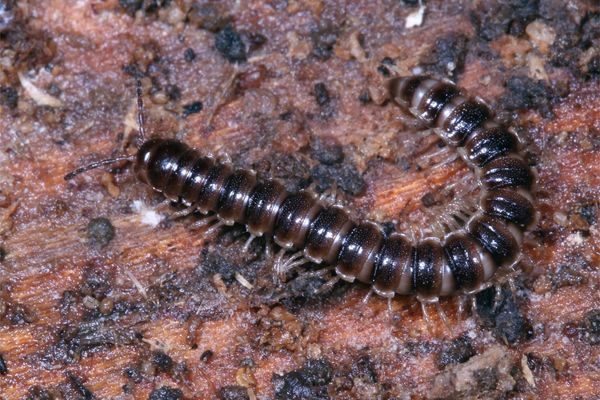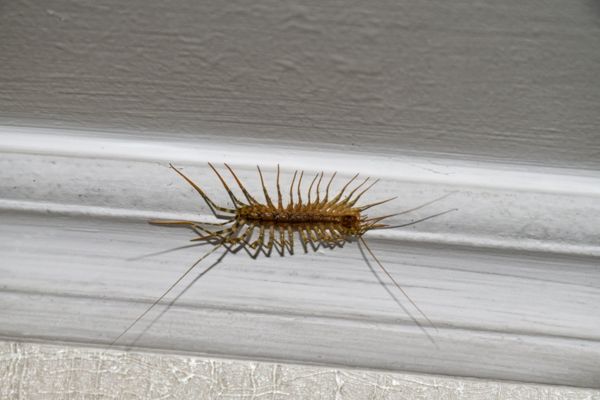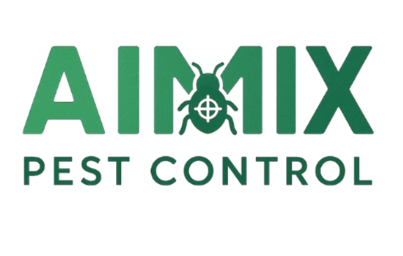- Home
- »
- General Pest Control
- »
- Centipede & millipede control
Centipede & millipede control
It takes a professional to protect your home from these crawling creatures.
Seeing Centipedes or Millipedes in Your Home?
- Centipedes and millipedes can be a nuisance for many homeowners. Temperature drops and increased indoor humidity can draw these crawling creatures inside your home, where they hide in damp and dark places, like basements, bathrooms, and garages. Although centipedes and millipedes are not typically dangerous to humans, they can still cause allergic reactions. We know that the thought of these pests crawling around your home can be enough to make anyone feel uneasy. That’s why it’s best to leave centipede control and millipede extermination in the hands of a professional like Aimix.
Centipedes/Millipedes are one of the 25 pests covered with a Aimix PestFree365 pest control plan.
Better Protection
PestFree365 Plan
- Interior and exterior pest inspection
- Interior and exterior pest inspection
- Regularly scheduled pest treatments
- Aimix Guarantee which means if pests come back between treatments, so will we, at no additional cost.
Best Protection
PestFree365+ Plan
- Interior and exterior pest inspection
- Protection from 39 pests, including 14 pests that may be costly to eliminate4
- Regularly scheduled pest treatments
- Aimix Guarantee which means if pests come back between treatments, so will we, at no additional cost.
- PLUS unlimited protection from out-of-pocket costs5
Good Protection
One-time Pest Plan
- Interior and exterior inspection
- One pest treatment
- Aimix Guarantee which means if pests come back within 30 days of your treatment, so will we — at no additional cost
Identifying the Signs of Centipede and Millipede Infestations
- The most striking sign of an infestation is actually seeing the pests crawling around your home, especially in damp and dark areas. Millipedes may be found near firewood or cardboard, as they feed on decaying materials and can emit a musty odor. Centipedes seek shelter indoors when temperatures drop and feed on insects like cockroaches, ants, spiders, and silverfish. The presence of these insects, along with shed exoskeletons or droppings that resemble tiny black or brown pellets, can indicate centipedes are nearby.

Centipedes and millipedes may look similar at first glance, but there are some key differences between them. Centipedes have long, flattened bodies with one pair of legs in each segment and sharp, venomous claws used for capturing prey. Their bite can be harmful to humans, potentially causing allergic reactions. On the other hand, millipedes have rounded bodies with two pairs of legs in each segment and often curl into a ball when threatened instead of fleeing. While they do not bite, millipedes can emit a toxin that may also trigger allergic reactions in humans.
How Aimix Treats for Pests
- Working with your local Aimix technician helps ensure that your family is protected from these creepy critters. Whether you need a single service for centipede extermination or year-round treatments, our plans have you covered:
- Our technicians will perform a thorough multipoint pest inspection and develop a customized treatment plan for your home.
- During your treatment, our technicians will target the areas where centipedes and millipedes hide both inside and outside of your home.
- Regularly scheduled treatments help reinforce your exterior barrier and will continue as long as you keep your plan.
- It may take several treatments for you to see results. If pests come back between treatments, so will we – at no additional cost to you.
- With a centipede pest exterminator from Aimix on your side, you can rest easy knowing your home is protected.
How to keep centipedes and millipedes away

The best way to get rid of house centipedes and millipedes is to prevent them from entering in the first place. Both centipedes and millipedes are attracted to humidity and may seek shelter indoors when the weather is cold. Sealing holes or openings in your foundation and around doorways can help prevent them from getting inside. Use a dehumidifier and run fans to keep moisture levels low, as this can attract pests.
Keeping your yard clean and tidy can also remove potential hiding places and their food sources. These pests can be tricky to keep out; that’s why it's best to work with our experts at Aimix to get rid of millipedes in the house.
At Aimix Pest Control, we specialize in safe, science-backed pest solutions designed to keep your family protected—year-round. Proudly serving the Indianapolis community with fast, reliable, and friendly service you can count on.
Frequently Asked Centipede and Millipede Questions
Although they are not typically dangerous to humans, they can be responsible for allergic reactions and structural damage. In most cases, centipede bites can cause blistering, pain, and swelling. In the event of an allergic reaction, more severe symptoms such as difficulty breathing, throat swelling, and hives can occur. Millipedes do not bite, but they secrete a toxin that can cause allergic reactions in humans and vomiting or discomfort in pets.
One of the most effective ways is to keep your yard clean and tidy, removing any dead leaves or grass and keeping wood and mulch a safe distance from the home. If these pests have made their way into your home, it's best to contact your local Aimix branch to exterminate millipedes and centipedes.
At Aimix, our pest control plans not only include protection from centipedes and millipedes – they also treat other common pests such as mice, rats, roaches, spiders, and ants. All centipede pest control plans are protected with the Nix guarantee – if pests come back between treatments, so will we. View pricing in your area here.
Centipedes and millipedes are attracted to moist and dark environments, so if there are damp areas in your home, such as basements, bathrooms, or crawl spaces, this can provide the perfect habitat for them. They are also attracted to areas with lots of insects, as they feed on other bugs. These pests can enter through the cracks in the foundation, walls, or doorways of your home.

